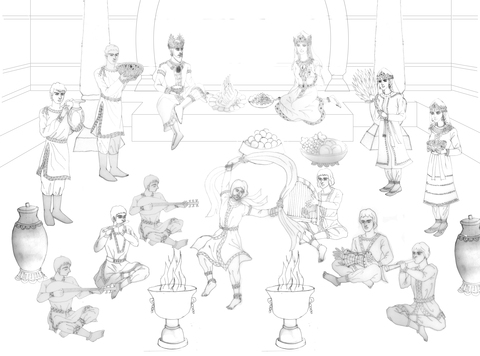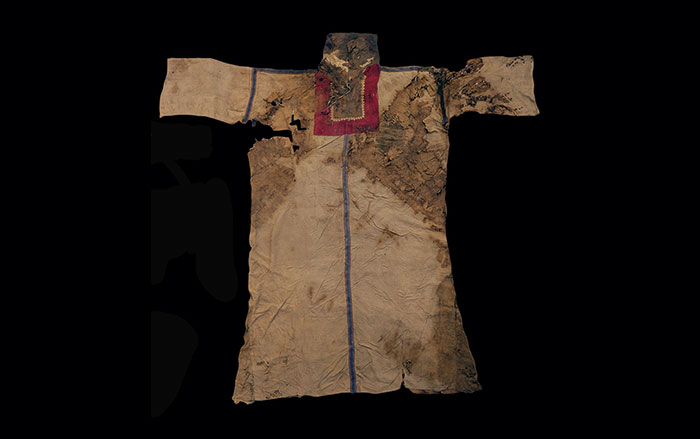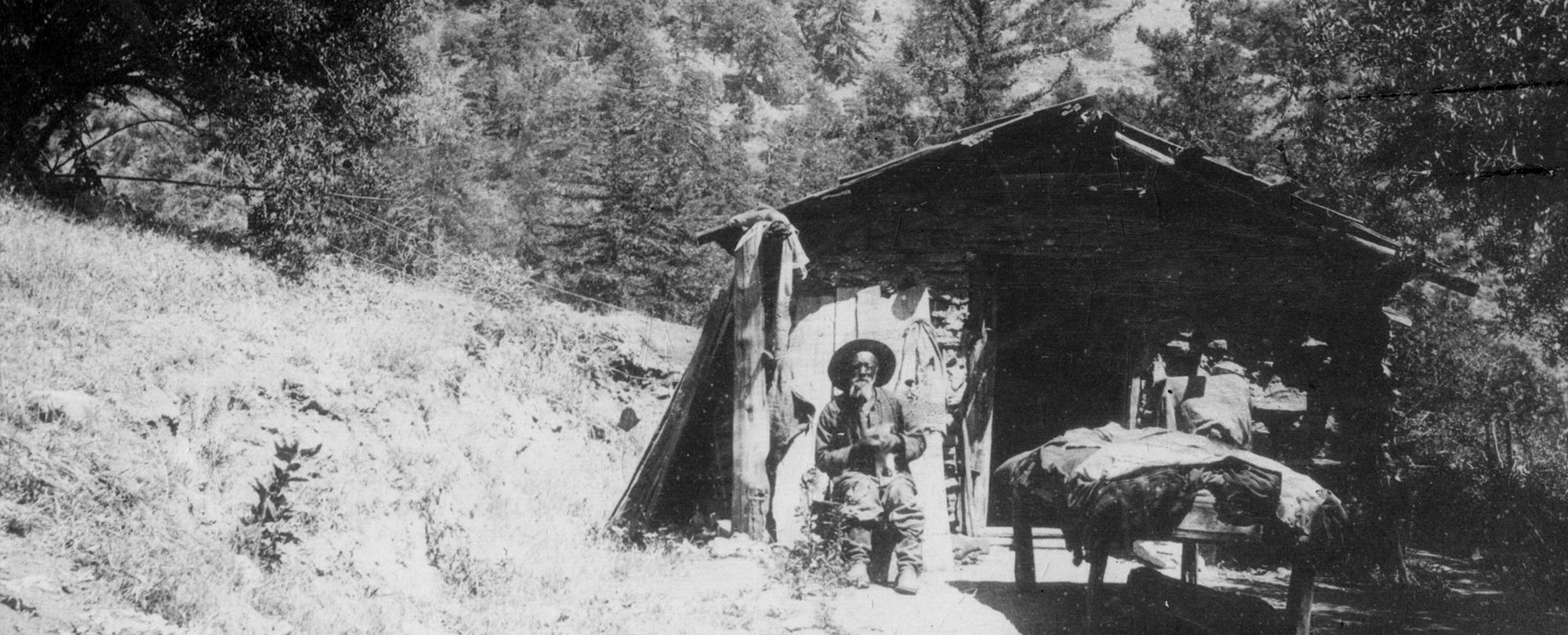
NARA, JAPAN—The Asahi Shimbun reports that a food pantry measuring some 37 feet long and 10 feet wide has been found at Kafir Kala, an eighth-century fortress on the path of the ancient Silk Road in what is now Uzbekistan. Researchers from Tezukayama University and Uzbekistan's Institute of Archaeology said that the contents of the pantry, which was situated next to a throne room, suggest that an eighth-century Sogdian king ate foods from eastern and western food traditions. The foodstuffs include charred grains of foxtail millet, which is eaten in East Asia, and a carbonized substance thought to be honey, widely used in Greek dishes. Takao Uno of Tezukayama University said the millet may have been served as a porridge, or made into dumplings served with honey. People in Uzbekistan today eat foxtail millet porridge with garlic and beans, which were also recovered from the pantry, Uno explained. Thirteen large pots are thought to have held wine and olive oil. A decorated wooden bowl may have held nuts, he added. The pantry is thought to have burned when the Umayyad dynasty attacked Central Asia. For more on the Sogdians, go to "A Silk Road Renaissance."










